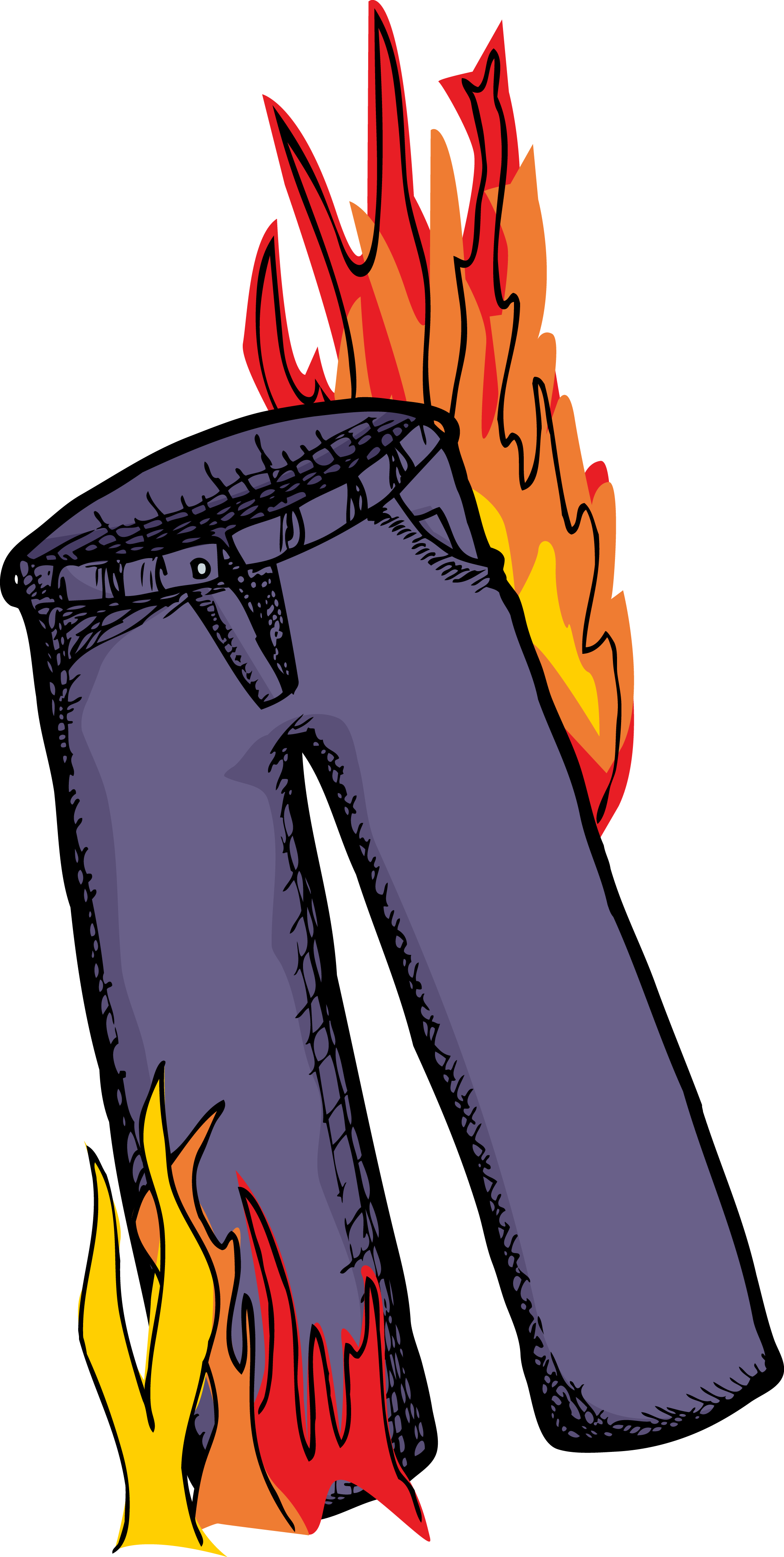 One important feature of the pending patent reform bills is the “customer stay” provision. The idea is that a business that just buys a product, either for its own use or for resale, shouldn’t be forced to defend against a patent infringement suit when the alleged infringer is the manufacturer. It can be hard to believe, but a customer can be sued for patent infringement just because they bought a product from a manufacturer. One infamous trollAn entity in the business of being infringed — by analogy to the mythological troll that exacted payments from the unwary. Cf. NPE, PAE, PME. See Reitzig and Henkel, Patent Trolls, the Sustainability of ‘Locking-in-to-Extort’ Strategies, and Implications for Innovating Firms. sued coffee shops for providing WiFi to their customers.
One important feature of the pending patent reform bills is the “customer stay” provision. The idea is that a business that just buys a product, either for its own use or for resale, shouldn’t be forced to defend against a patent infringement suit when the alleged infringer is the manufacturer. It can be hard to believe, but a customer can be sued for patent infringement just because they bought a product from a manufacturer. One infamous trollAn entity in the business of being infringed — by analogy to the mythological troll that exacted payments from the unwary. Cf. NPE, PAE, PME. See Reitzig and Henkel, Patent Trolls, the Sustainability of ‘Locking-in-to-Extort’ Strategies, and Implications for Innovating Firms. sued coffee shops for providing WiFi to their customers.
The customer stay provision allows a manufacturer to step in as the primary defendant, forcing cases against end users and retailers to stop and wait for the outcome of the case against the manufacturer.
Now, opponents of the bills have come up with a convoluted scenario in which the customer stay could “ravage intellectual property rights”:
If the current “customer stay” language becomes law, the maker of a patent-infringing product could easily evade accountability by arranging a network of overseas manufacturers to construct the infringing components, and then assemble the pieces. Such supply-chain positioning is easily manipulated.
Then, when the patent owner sues the product maker, each manufacturer could take turns stepping in to ask for a “stay” as it faces the patent owner in court – in far-flung legal venues, and with different, more complicated rules than a patent owner faces when simply suing a firm that sells an infringing product. Only after years of costly lawsuits against the upstream parts makers could the patent owner finally get her day in court over the alleged theft.
There’s just one problem: this scenario ignores the actual language in the House and Senate bills (which are identical for this provision). The customer stay only applies to a “retailer or end user.” A “retailer” is (bold added):
an entity that generates its revenues predominately through the sale to the public of consumer goods or services, or an affiliate of such entity, but shall not include an entity that manufactures or causes the manufacture of a covered product or covered process or a relevant part thereof;
That clearly does not include the “product maker.” What about “end user”? Here’s that definition:
the term ‘end user’ shall include an affiliate of such an end user, but shall not include an entity that manufactures or causes the manufacture of a covered product or covered process or a relevant part thereof;
Again, the “product maker” is clearly excluded.
The op-ed is pure fantasy, and it’s written by someone who should know better.
Can we please have an honest debate about patent litigation reform?
